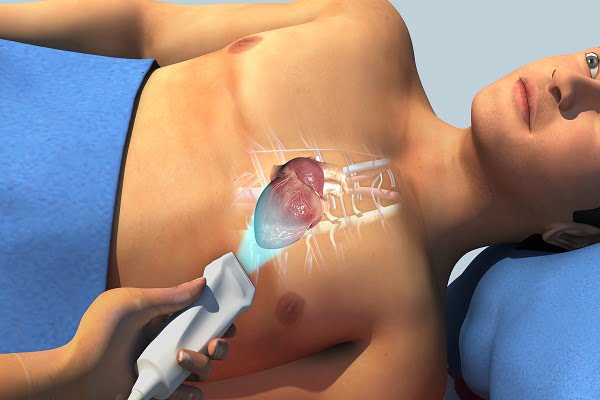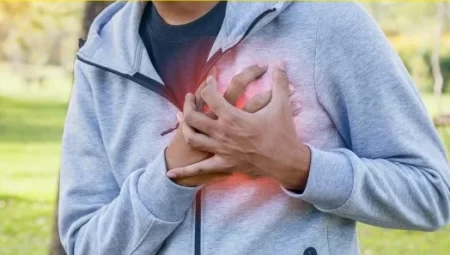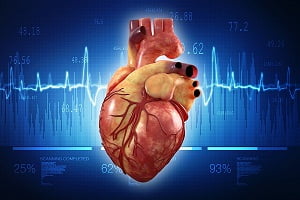General Overview of Arrhythmia
- Updated on: Jun 26, 2024
- 2 min Read
- Published on Feb 21, 2021


The Electrical System in Your Heart
An average heart beats (expands and contracts) 100,000 times in a day and it pumps about 2,000 gallons of blood through the body. In the lifetime of 70 years, for human beings, the average heart beats more than 2.5 billion times. Normally the heart beat rate is 50 to 100 beats per minutes.
Your heart’s rhythm is controlled by electrical signals. There are crucially two main types of things that can go wrong with the heart: first, the plumbing and second, the electrics. Many of us are aware of the heart’s plumbing difficulties, but remain largely unknown of the electrical faults that result into arrhythmia (abnormality of the heart’s rhythm). These abnormalities can cause minor discomfort or may be potentially dangerous. Arrhythmias are caused due to problems with the electrical conduction system of your heart.?
What is Arrhythmia?
An arrhythmia (also called dysrhythmia) is elucidated as a condition in which the rate or rhythm of the heart is too fast, too slow, or the heart beats with an irregular rhythm. Sometimes, it may feel like hovering or a brief halt. Halting may be so brief that it doesn’t change your net heart rate per minute (the number of times per minute that your heart beats). It can cause the heart rate to be too slow or too fast. Some arrhythmias do not show any symptoms. Others may upshot you feel lightheaded or dizziness.
Arrhythmias can arise in the upper chambers of the heart, (atria), or in the lower chambers of the heart, (ventricles). Arrhythmias may arise at any stage of life. Some are easily noticeable, whereas others cannot be easily detected. Some of them are more noteworthy and can sometimes even lead to sudden cardiac death.
Arrhythmias arise when the electrical signals to the heart that coordinate heartbeats are malfunctioning. Many times heart arrhythmias do not cause any harm. Don’t feel anxious if sometimes you had the symptoms that define arrhythmia. Arrhythmias are eminently common, especially as you grow older. Millions of people face them each year.
Fast Facts About Arrhythmia
- A study conducted in 2013 and published in ‘Circulation’ revealed that about 33.5 million people around the world have arrhythmias. This is about 0.5 percent of the world’s population
- In 2005, according to Cleveland Clinic, about three million Americans were affected by it
- In the UK, more than 2 million people a year experience arrhythmias or heart rhythm problems
- Drinking alcohol in excess or being overweight increases your chances of developing arrhythmia
- According to CDC, an estimated 2.7–6.1 million people in the United States have Atrial Fibrillation (a type of arrhythmia)
- About 2% of people younger than 65 years of age have Atrial Fibrillation and about 9% of people aged 65 years or above have Atrial Fibrillation
- African Americans are less likely to develop arrhythmias than those of European descent
The examination and treatment of patients diagnosed with cardiac arrhythmias are undertaking rapid change. An advanced awareness of the process that inaugurates and perpetuate irregular cardiac rhythms and prevailing new methodologies of treatment are the fundamental reasons. Different nerve messages signal your heart to beat slower or faster.












